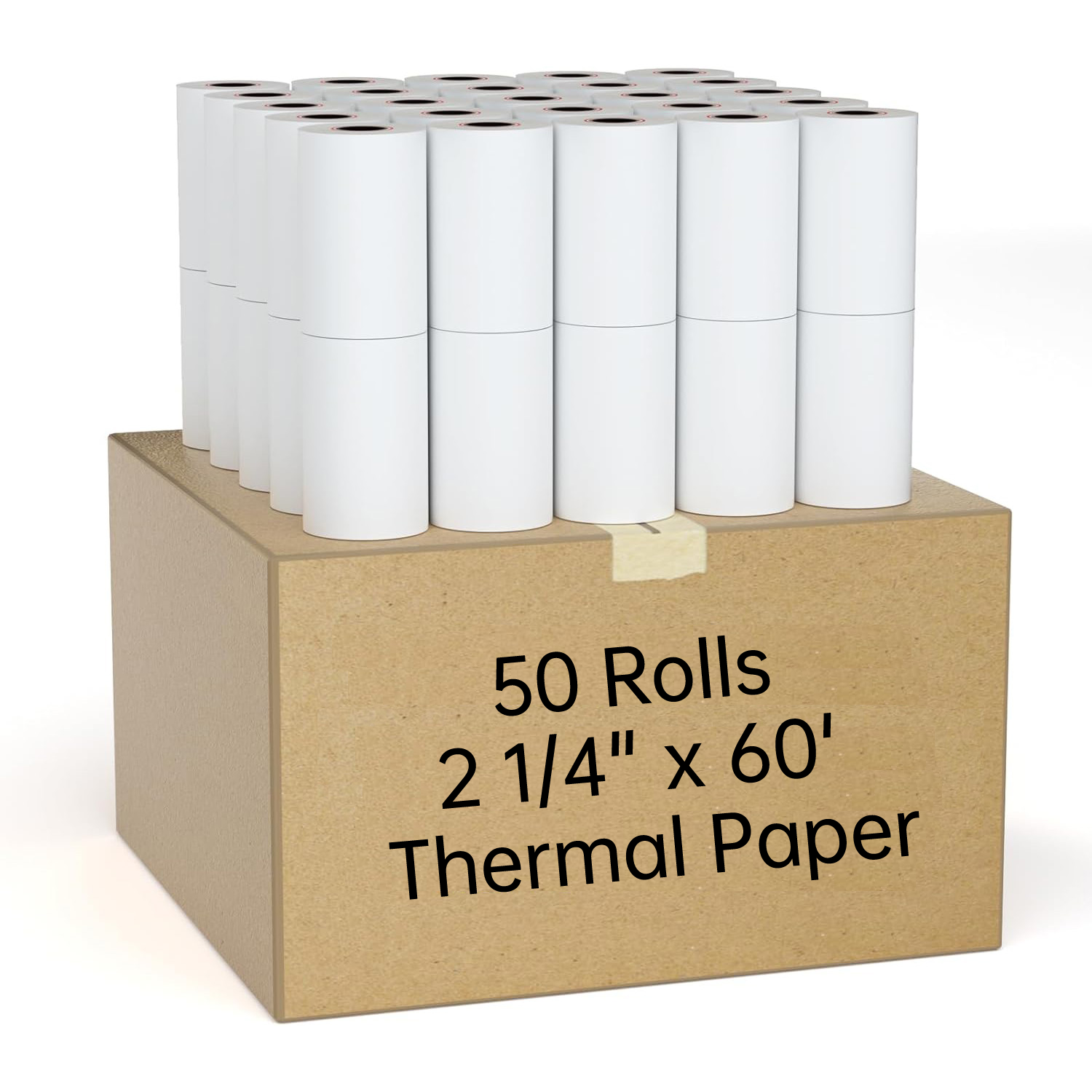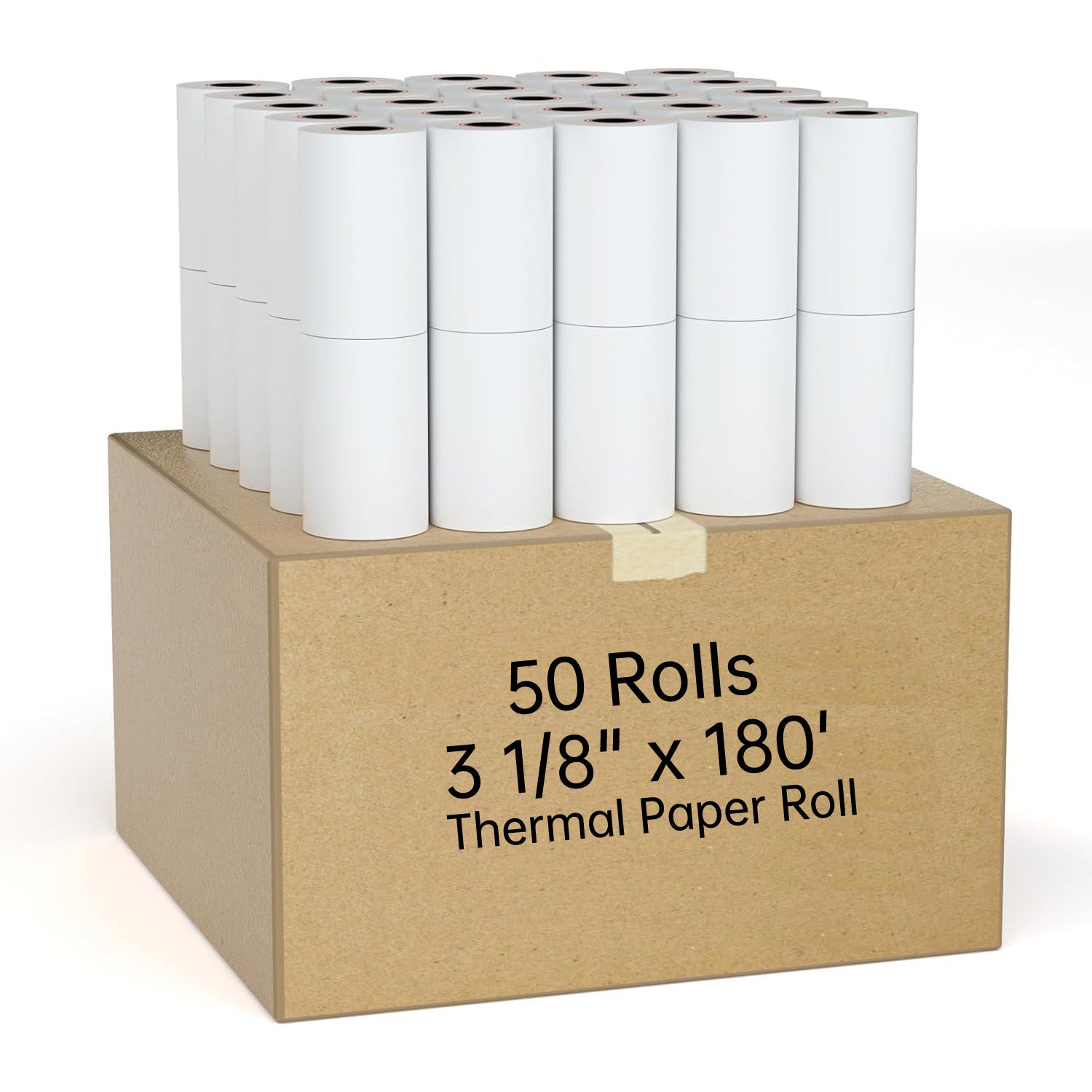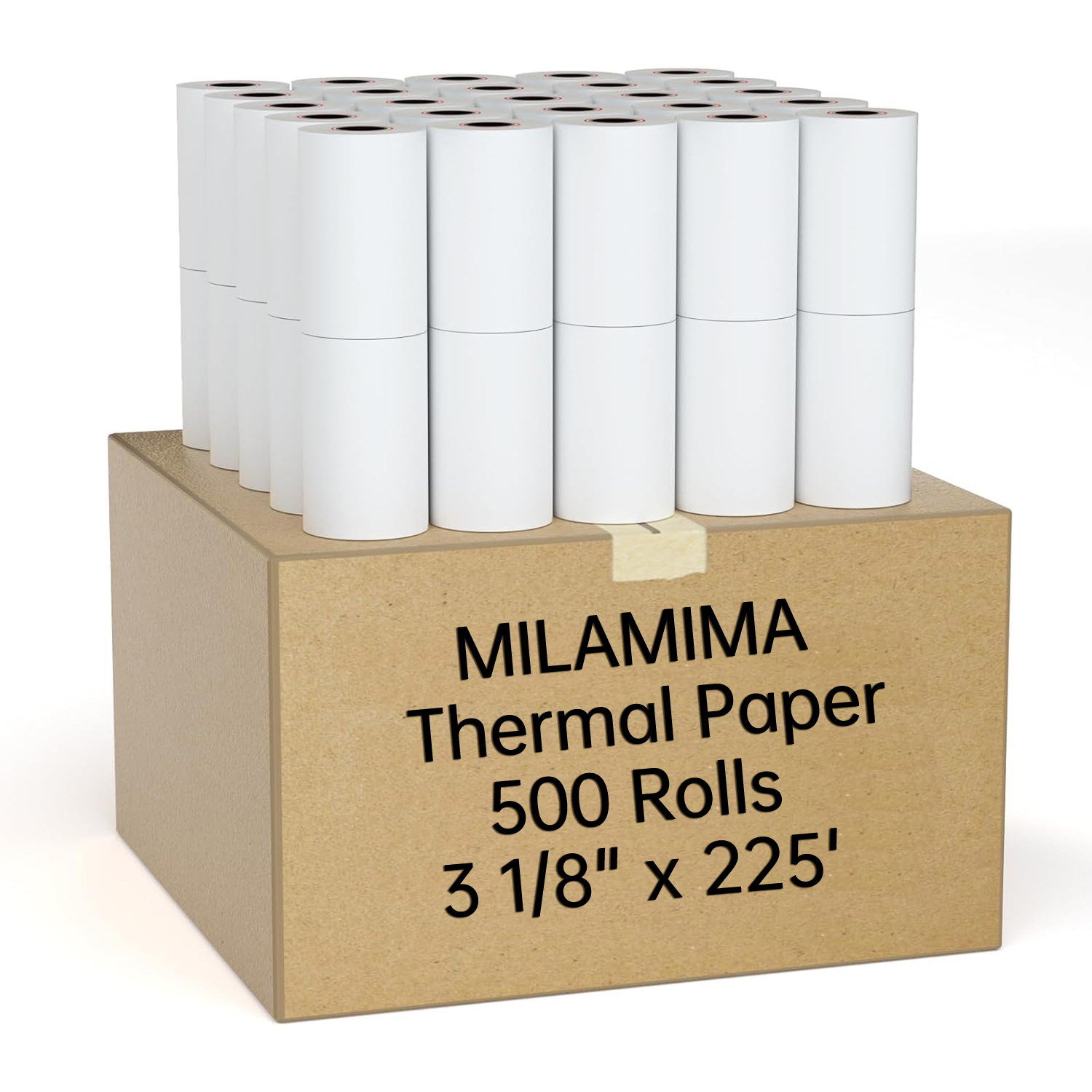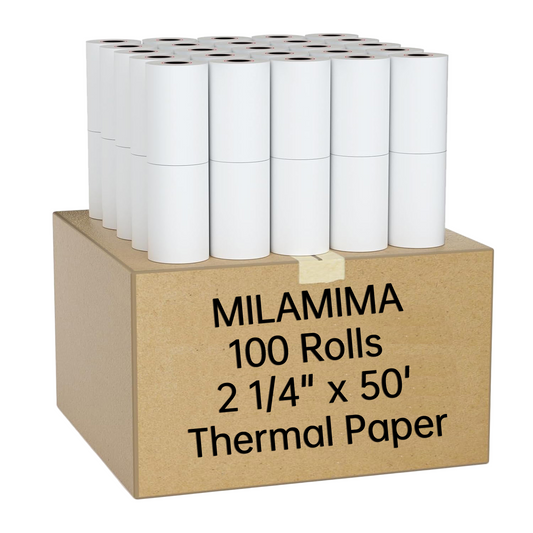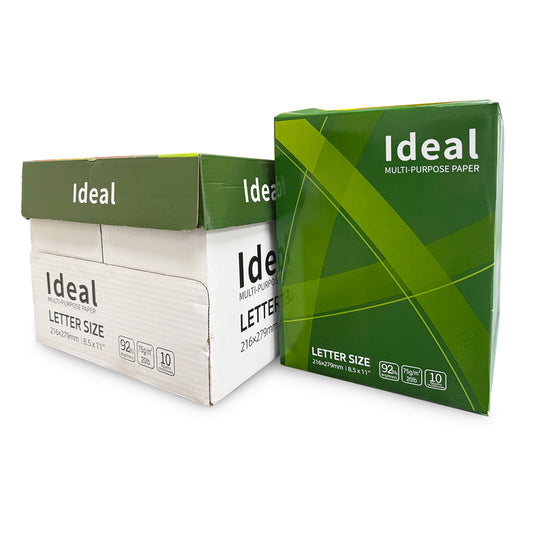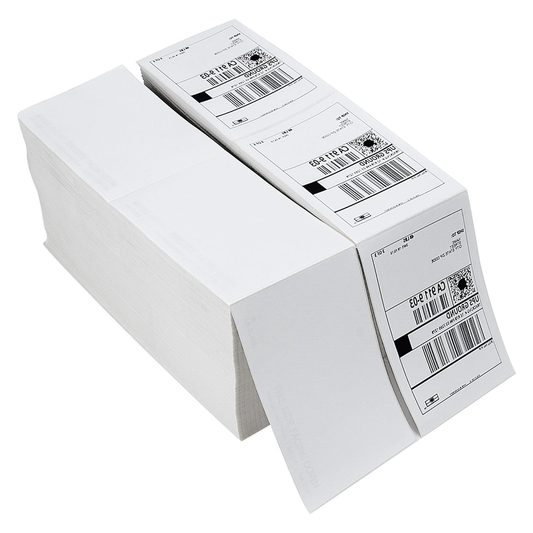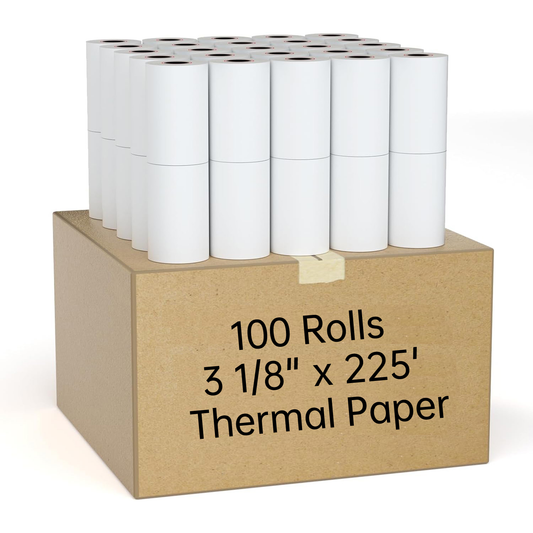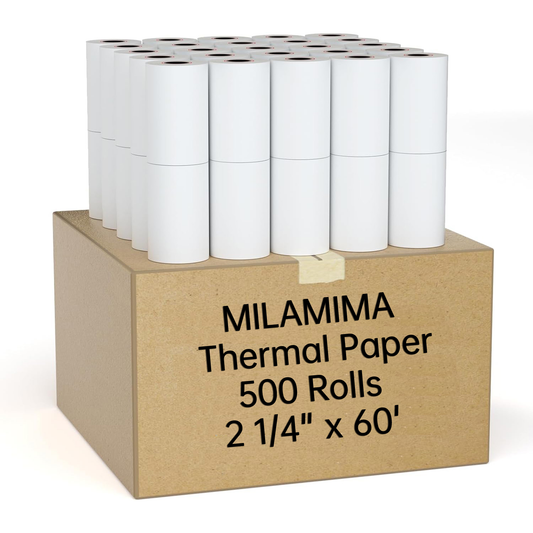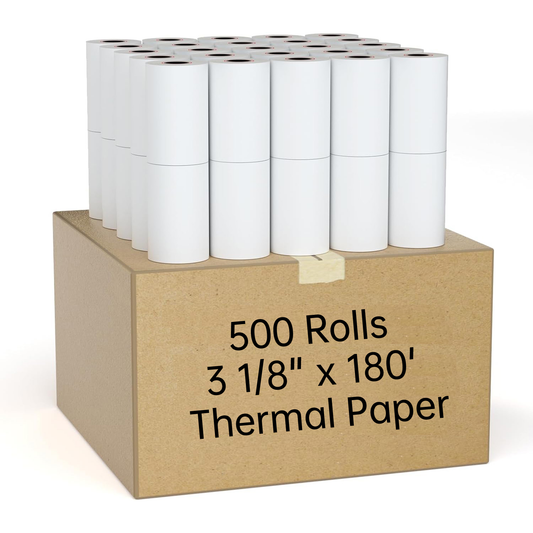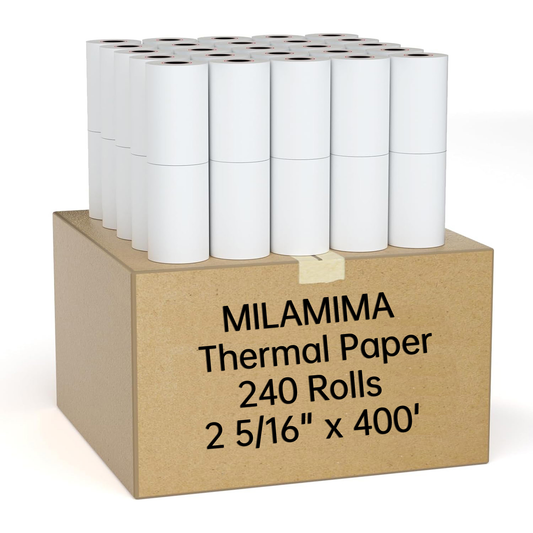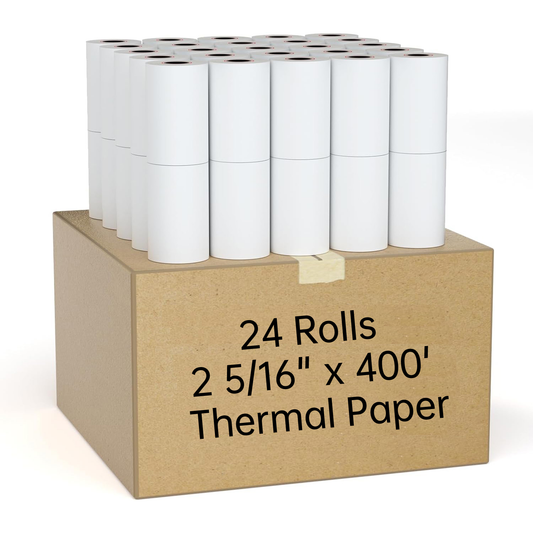1. Start with a risk assessment
Before buying new locks or software, identify the most likely risks to your paper stock. Ask:
- Where do most losses occur? Receiving, storage, transit, or POS?
- Which SKUs are most valuable or high-turn?
- What environmental threats exist (moisture, heat, pests)?
- How many people have physical access to stock?
2. Improve physical storage & environmental controls
Paper is sensitive to humidity, temperature and sunlight. Protect it with these controls:
- Climate control: Maintain consistent humidity (ideally 30–50%) and temperatures within your paper manufacturer's recommended range.
- Off-floor storage: Keep pallets off concrete floors (use pallets or racking) to prevent water damage.
- Use sealed pallets/packaging: Shrink-wrap or sealed cartons protect against dust, pests and moisture during storage and transit.
- Light protection: Avoid prolonged direct sunlight on packaged paper — it can degrade dyes and packaging.
3. Access control & physical security
Limit who can handle or move inventory:
- Use lockable storage rooms or cages for high-value SKUs.
- Install badge access or keyed locks; record access logs for sensitive areas.
- Deploy visible deterrents — cameras, mirror placements, clear signage (“Authorized personnel only”).
- Implement two-person checks for high-value withdrawals (e.g., two employees count/sign).
4. Inventory processes that reduce shrinkage
Good processes are the heart of security. Standardize and document:
- Receiving: Count and inspect incoming cartons against the bill of lading before signing.
- Put-away: Assign a specific racking/pallet location and record it immediately in your system.
- Pick/Pack: Use barcode scanning to match picks to orders; avoid manual count-only processes.
- Regular cycle counts: Weekly or monthly cycle counts are more effective than annual full counts for catching issues early.
5. Use the right tools: WMS, barcode, and CCTV
Technology reduces human error and increases traceability:
- Barcode scanning / SKUs: Barcodes for cartons and rolls speed receiving & picking and provide an audit trail.
- Warehouse management system (WMS): Even lightweight WMS or inventory apps can enforce locations, lot numbers, and FIFO/LIFO rules.
- CCTV: Cameras over receiving docks and high-value storage provide evidence, deter theft, and help resolve disputes.
6. Track lot numbers and manufacturing dates
For paper types sensitive to shelf-life (e.g., thermal rolls) or that are customer-specific, track lot numbers and manufacture/receive dates:
- Rotate stock by date (FIFO) — prevents returns due to degraded product.
- Score returns quickly: if customers report issues, lot tracking lets you isolate affected batches fast.
7. Secure shipping & returns
Transit is an obvious risk. Reduce it with policies and packaging:
- Use tamper-evident seals or shrink-wrap on outbound pallets.
- Require carriers to sign PODs and keep digital evidence (photos of loaded pallets).
- Inspect returned pallets/items before restocking — quarantine returns until inspected.
8. Train staff and set clear responsibilities
People make or break inventory security. Train staff on:
- Receiving and inspection standards
- Counting procedures and how to log discrepancies
- Security protocols — who to contact if they notice suspicious activity
Assign ownership for inventory accuracy — a named person or team is easier to hold accountable than "warehouse staff."
9. Monitor metrics and run regular audits
Measure and act on data:
| Metric | Why it matters | Suggested frequency |
|---|---|---|
| Inventory accuracy (%) | Tells if counts match system | Weekly cycle counts |
| Shrinkage ($ / %) | Directly impacts margins | Monthly |
| Receiving exceptions | Detects supplier or carrier issues | Per shipment |
Use this data to find recurring problems and address root causes (training, vendor issues, theft hotspots).
10. Prepare for emergencies and business continuity
- Create a flood/fire response plan (for example, move stock to higher ground, shut down electrical equipment, contact insurers).
- Keep digital, off-site copies of inventory records and photos of high-value SKUs for claims.
- Set reorder points to avoid stockouts during disruptions.
Quick checklist: Secure your paper inventory (printable)
- Perform risk assessment for storage & transit
- Maintain climate control (30–50% humidity recommended)
- Use locked rooms / cages for high-value SKUs
- Implement barcode scanning for receiving and picking
- Install CCTV at receiving and storage zones
- Track lots/manufacture dates and apply FIFO
- Shrink-wrap outbound pallets and require PODs
- Run cycle counts and review shrinkage monthly
- Train staff and assign inventory ownership
- Create emergency response & backup record processes
When to call in a specialist
If you experience persistent shrinkage above normal industry levels, repeated environmental damage, or complex logistics needs (multi-site, cold-storage for specialty paper), consider a consultant or a managed WMS provider. A short audit by a 3rd party can often pay for itself by revealing quick wins.
Conclusion
Securing paper inventory is a mix of smart storage, simple process changes, the right tools, and people who know what to do. Start with the highest-risk items and the weakest step in your flow — small changes there will yield the largest gains. The result: fewer damaged goods, fewer surprises, and healthier margins.


